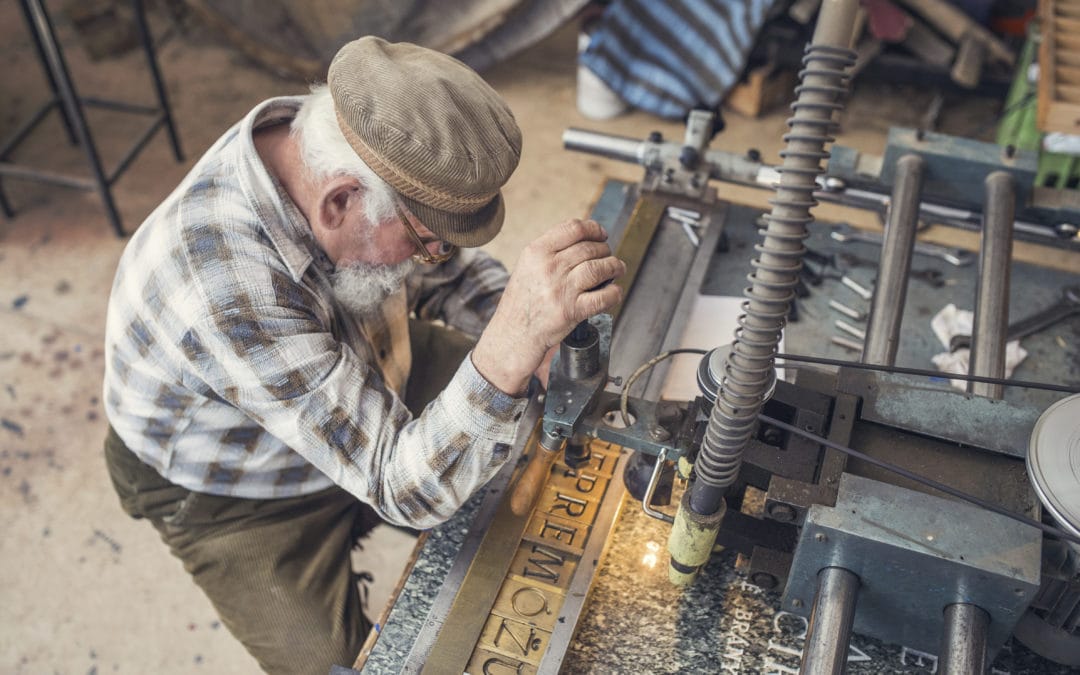Beginning in the 1970s, doctors started putting all sorts of stuff into our bodies—pacemakers, valves, stents, artificial joints, etc. These were hailed as modern medical miracles when they first appeared on the scene, but what if the stuff they were made of is toxic to our bodies? It’s been known for some time that minimally invasive metal-on-metal hip- replacement devices spew toxic metal shavings into the joints and blood stream. A paper published June 9, 2015, by the journal Clinical Orthopaedics and Related Research suggests that plastic polyethylene hip-replacement devices also are toxic to the body.
The history of modern hip replacement begins in the United Kingdom in the 1970s with the plastic polyethylene hip. One problem with the device was that plastic wear debris could lead to loosening of the prosthesis. As a result, a number of hybrid devices were created using ceramic and polyethylene. By the 1990s, however, a new type of polyethylene was created that appeared to fix the problem of wear debris. Despite design changes, dislocation of hip-replacement devices remains a common problem.
In the new study, researchers sought to look at associations between the type of device used in the hip replacement (polyethylene versus ceramic) and dislocation, muscle atrophy around the hip, quality of bone around the prosthesis, and stem-cell content of the surrounding bone and muscles. While there were reported associations between these things, the most interesting and disturbing finding was a dramatic difference between the stem-cell content of the bone marrow and the surrounding muscles. Basically, there were about 80 percent fewer stem cells in the bone marrow around the hip in hip replacements using polyethylene devices when compared to hip replacements using ceramic devices. In addition, there were also about 80 percent fewer muscle stem cells in the surrounding muscles of the hip, and this reduction in muscle stem cells was associated with muscle atrophy.
The materials we put in our body seem to have a huge impact on health. Metal-on-metal hip-replacement devices have been shown to cause blood levels of toxic metals to rise. The new research seems to demonstrate even more serious toxic side effects from polyethylene hip-replacement devices. How many other toxic materials are being used in medical procedures intended to heal our bodies?
“Conventional Polyethylene Hips Toxic to Stem Cells?” first appeared as a post on the Regenexx blog.
